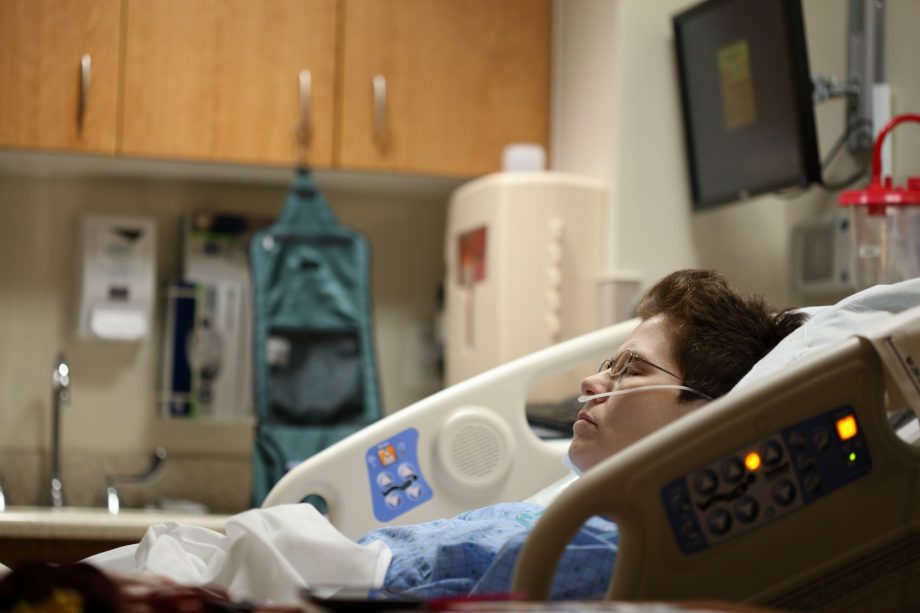For people who suffer from various psychiatric and neurological conditions, brain stimulation has become an increasingly important treatment option in the recent decades.
Brain simulation techniques can be divided into two broad categories, invasive and noninvasive. Both of them work by targeting specific sites in the brain to adjust the overall brain activity. Among the most well-known invasive techniques is the deep brain stimulation (DBS) which requires a brain surgery and is approved by the U.S. Food and Drug Administration (FDA). This process is typically used for treated Parkinson's disease and this process requires an electrode to be inserted in the brain. Among the noninvasive techniques is the transcranial magnetic stimulation (TMS) which can be administered from outside the head. This treatment is currently approved for treating depression.
Brain stimulation has resulted in dramatic benefits to patients with such disorders, which has motivated researchers to test if it can be useful in treated patients suffering from other diseases. The problem is that doctors have been unable to pinpoint which are the ideal sites to administer simulation in a given patient for a given condition.
A new study led by investigators at Beth Israel Deaconess Medical Center (BIDMC) in the Proceedings of the National Academy of Sciences (PNAS) suggest that brain networks which consists of the interconnected pathways that link brain circuits to one another can assist in selection of ideal spot for brain stimulation therapies.
Michael D. Fox, MD, PhD, First author of the study, an investigator in the Berenson-Allen Center for Noninvasive Brain Stimulation and in the Parkinson’s Disease and Movement Disorders Center at BIDMC remarked that although different types of brain stimulation are currently applied in different locations, it has been found that the targets used to treat the same disease are nodes in the same connected brain network. This can have a direct implication on how brain stimulations are administered to treat diseases.
For example, in order use brain stimulation to treat Parkinson’s disease or tremor an electrode need to be inserted deep in the brain. Getting the same effect with noninvasive stimulation is difficult, as the spot is deep in the brain. However, by looking at the brain’s network connectivity, sites can be identified on the surface of the brain that is connected with the deep spot site. Hence, that deep spot can also be stimulated noninvasively.
For this study Fox's team conducted a large-scale literature search to find out all neurological and psychiatric diseases where brain stimulation via both invasive and non-invasive techniques had shown improvement. The search found 14 such conditions namely addiction, Alzheimer’s disease, anorexia, depression, dystonia, epilepsy, essential tremor, gait dysfunction, Huntington’s disease, minimally conscious state, obsessive compulsive disorder, pain, Parkinson disease and Tourette syndrome. In the next step, they listed the stimulation sites, both deep in the brain or on the surface of the brain that was found to have been effective for the treatment of each of the 14 diseases.
In order to test the hypothesis that the various stimulation sites in the brain are different spots within the same brain network, Fox's team used a data base of functional MRI images and a technique that enabled them to see correlations in spontaneous brain activity. These correlations helped the investigators in creating a map of connections from deep brain stimulation sites to the surface of the brain. When this map was compared to sites for noninvasive brain stimulation on the brain surface, the two matched.
The study suggest that understanding the brain networks can help in understanding why brain stimulation works and how these therapies can be improved by identifying the best place to stimulate the brain for a given patient suffering from a given disease. These findings also suggest that resting-state functional connectivity can be useful for translating therapy between treatment modalities, optimizing treatment and identifying new stimulation targets.
References
https://www.eurekalert.org/pub_releases/2014-09/bidm-srn092514.php
https://www.sciencedaily.com/releases/2014/09/140929153935.htm





